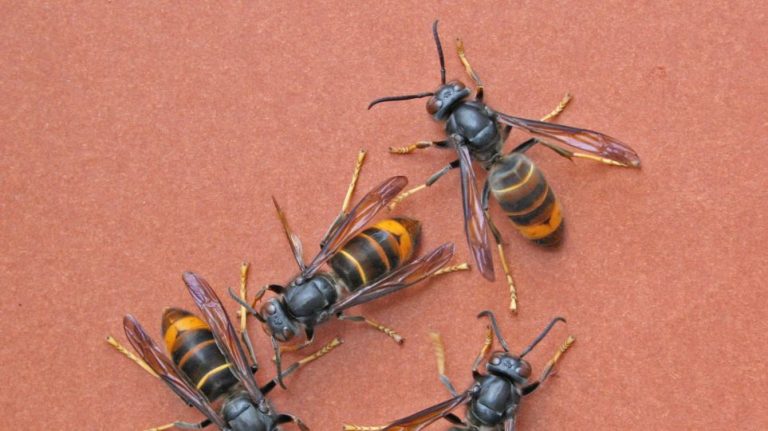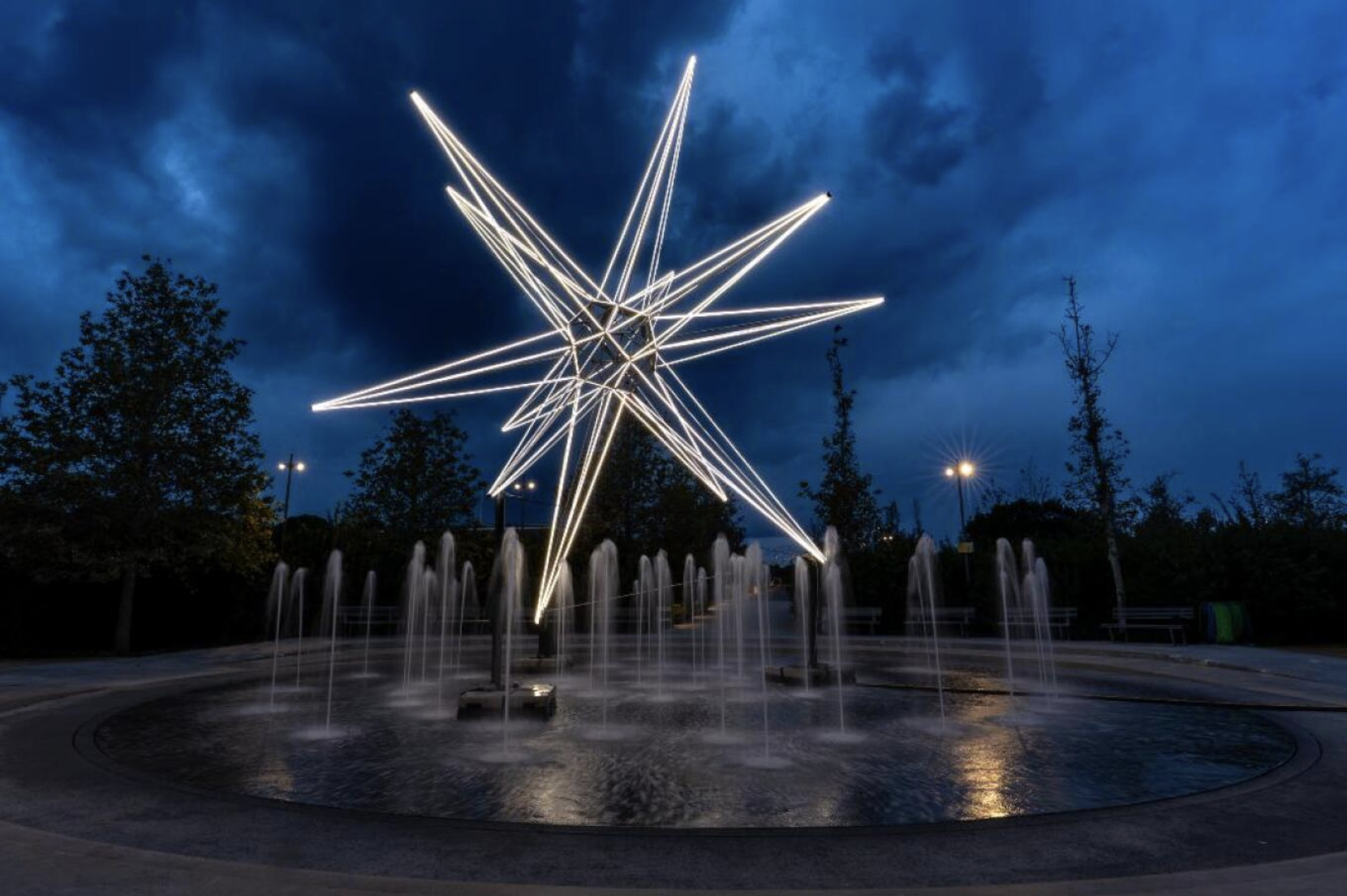Two unusual hornets—striking, with orange and black markings and long stingers—were spotted near Blaine, Washington, in late 2019. Subsequent investigation revealed they were Asian giant hornets, the world’s largest wasps, growing nearly two inches in length.
Scientists are concerned that these hornets could spread throughout Washington State and beyond, presenting a danger to U.S. bees—which are already in decline—and humans.
Nobody knows how the insects arrived in the United States. But the discoveries set off alarms and the insects began trending on social media as “murder hornets.” These predators, native to East Asia and Japan, are infamous for decimating honeybee colonies.
With the toxic venom that their large stingers deliver, the insects already are known for killing people in their native habitats: In Japan, an average of 30 to 50 people each year die from the hornets’ stings. In 2013, when populations of the hornets were unusually high, they killed 42 people in a single Chinese province. Most serious incidents occur when people come near or disturb the insects’ hives.
These insects “are pretty formidable,” says Chris Looney, an entomologist at the Washington State Department of Agriculture. “I am very worried”.
PM Mitsotakis: Economic growth and environment must go hand in hand
At the same time, Looney offers some caution, starting with the nickname “murder hornet.” He hadn’t heard it before recent press coverage of the insects—and he doesn’t love it.
“I worry people are already scared enough of insects for dubious reasons,” Looney says. But he grants that there’s an upside to the ominous label: “It does seem to have gotten people’s attention. I just hope the sensational ‘murder hornet’ coverage helps us understand our ecosystems a little better.”
Read more: National Geographic
Ask me anything
Explore related questions





